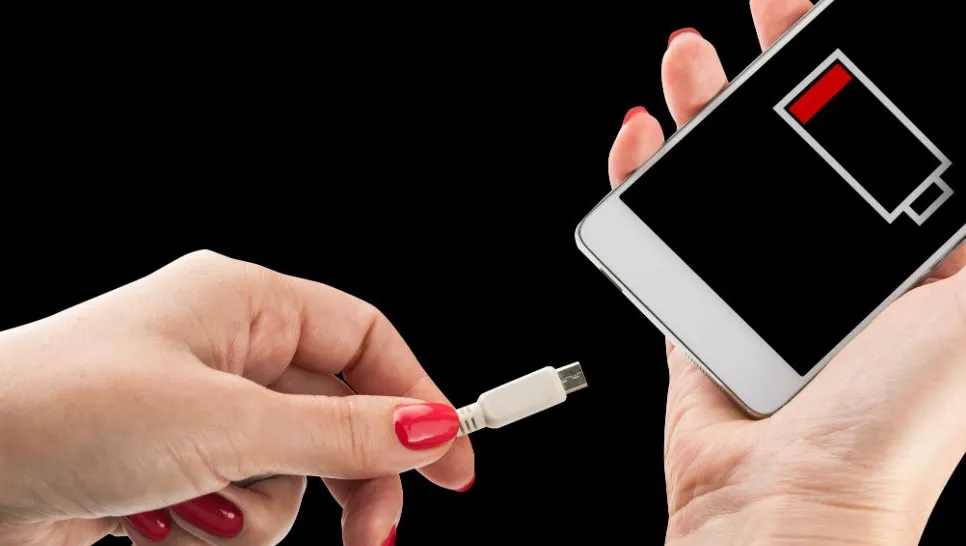Need some battery life tips? These are the facts and habits you need to maximize your phone battery’s longevity.
Most of us — casual users and enthusiasts alike — are forever searching for smartphones with the longest battery life. And while fast charging keeps us topped up every day, the absence of replaceable batteries means eventually, the lithium-ion cells enclosed in our phones are going to age and deteriorate,
Making it harder to maximize battery life.

If you’ve held onto a phone for a couple of years, you’ve probably noticed the battery doesn’t seem to last as long as it did when your handset was brand new. Four or five years down the line, many phones struggle to make it through the day on a single charge. Holding onto a phone even longer can even spell trouble for reliability too as you may face sudden shutdowns.
Unfortunately, battery capacity inevitably declines with age. But that doesn’t mean you can’t do anything to prolong the lifespan of your smartphone’s battery. If you’ve ever wondered what the best way to charge your battery is, here are some scientifically proven tips to maximize battery life and health over the lifetime of your device.
QUICK ANSWER
If you’re in a hurry, here’s a quick summary of the best battery life-maximizing tips you should keep in mind:
- Avoid full charge cycles (0-100%) and overnight charging. Instead, top up your phone more regularly with partial charyour
- Limiting your smartphone’s maximum charge to 80-90% is better for the battery’s health than topping up to completely full everytime.
- Use fast charging and wireless charging technologies sparingly and when your device is cool.
- Heat has the potential to accelerate battery health degradation. Don’t cover your phone when charging, and keep it out of warmer places.
- Don’t play intensive games, stream videos, or run other intensive workloads while charging to avoid heat and stressing the battery.
Keep reading for a more detailed explanation of what factors will prolong your battery life.
Partial charging is a healthy habit

One particularly persistent battery myth is that you need to occasionally fully discharge and recharge to erase “battery memory.” This couldn’t be more wrong for lithium-ion batteries. It’s a leftover myth from lead-acid cells, and it’s pretty undesirable to charge your modern smartphone this way.
According to iFixit, you might want to consider recalibrating your phone’s battery periodically to sync its actual state of charge with what Android’s battery reading displays. You can do this by charging your phone to 100%, keeping it there for a few hours, using it until the battery dies, and then fully charging it again. This process is largely unnecessary for modern, new phones. Still, you may consider doing this if you’ve installed a new battery or own an older phone with questionable battery percentage readings.
Partial charging is just fine for lithium-ion batteries and even has some positive benefits.
Notably, operating at a low voltage is good for a battery’s lifespan, increasing the number of available charging cycles before you start to see a significant reduction in capacity. Roughly speaking, every 0.1V decrease in cell voltage doubles the cycle life, according to Battery University. Therefore, charging up your phone in that 30% to 80% range keeps the voltage lower and might slightly prolong the battery’s lifespan.
Smaller but regular top-ups are much better for Li-ion batteries than long full charge cycles.
Using up just 20% of your battery between charges isn’t practical, but topping up when you’ve used about half will improve your battery life over the long term, especially if you avoid charging up to full each time, too. The bottom line is that smaller, regular top-ups are better for Li-ion batteries than long full charge cycles. Newer phones allow you to impose a battery charge cap around 80% or 90%, reducing stress on the cell and helping it last longer.
Partial charging is just fine for lithium-ion batteries and even has some positive benefits.
Charging overnight or in a cradle during the day is a very common habit, but it’s not recommended for several reasons (the old “overcharging” myth isn’t one of them). First, continuous trickle charging of a full battery can cause plating of the metallic lithium, which reduces stability in the long term. Secondly, as mentioned above, it leaves the battery at a higher stress voltage when at 100%. Third, and most important, it creates excess heat caused by wasted power dissipation.
Some phones disable or slow down charging when nearing full capacity. Use these options.
Ideally, a device should stop charging when it reaches 100% battery capacity, only turning the charging circuit back on to top up the battery now and again — or, at the very least, reducing the charging current to very small amounts.
While some phones disable charging once full, many pull up to half an amp and sometimes more from the wall outlet. Turning smartphones off doesn’t make a difference in many cases, either. While this isn’t a massive amount of power, it will stop your phone from cooling down as quickly and will continue to cycle through a small part of the battery, resulting in a mini-cycle.
How to maximize smartphone battery health long-term
Lithium-ion battery technology is well understood these days, and smartphones are built around our use cases, but bad habits and myths still permeate the public consciousness. While most of these habits won’t massively impact your phone’s battery life in the medium term, the decline in removable phone batteries means we should take extra precautions to maximize battery life and, thus, our smartphone’s longevity.
Smaller regular charge cycles and keeping your phone cool are the key things to remember. However, I should point out that different phone batteries will always age slightly differently depending on how we treat them.
